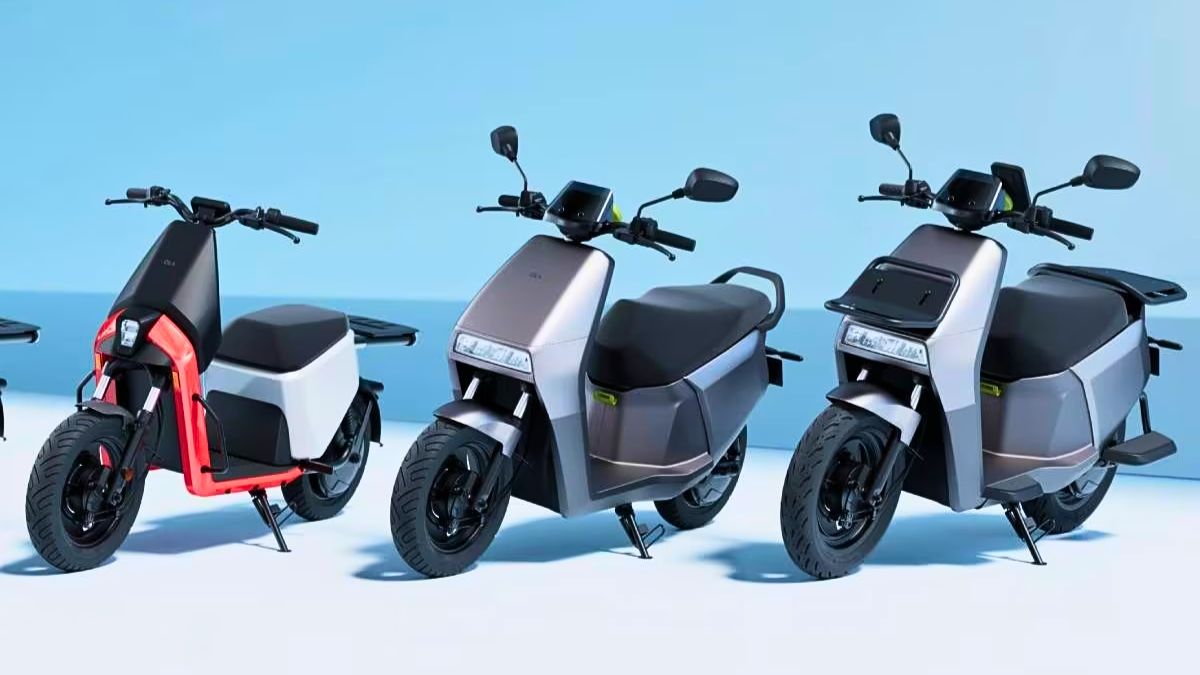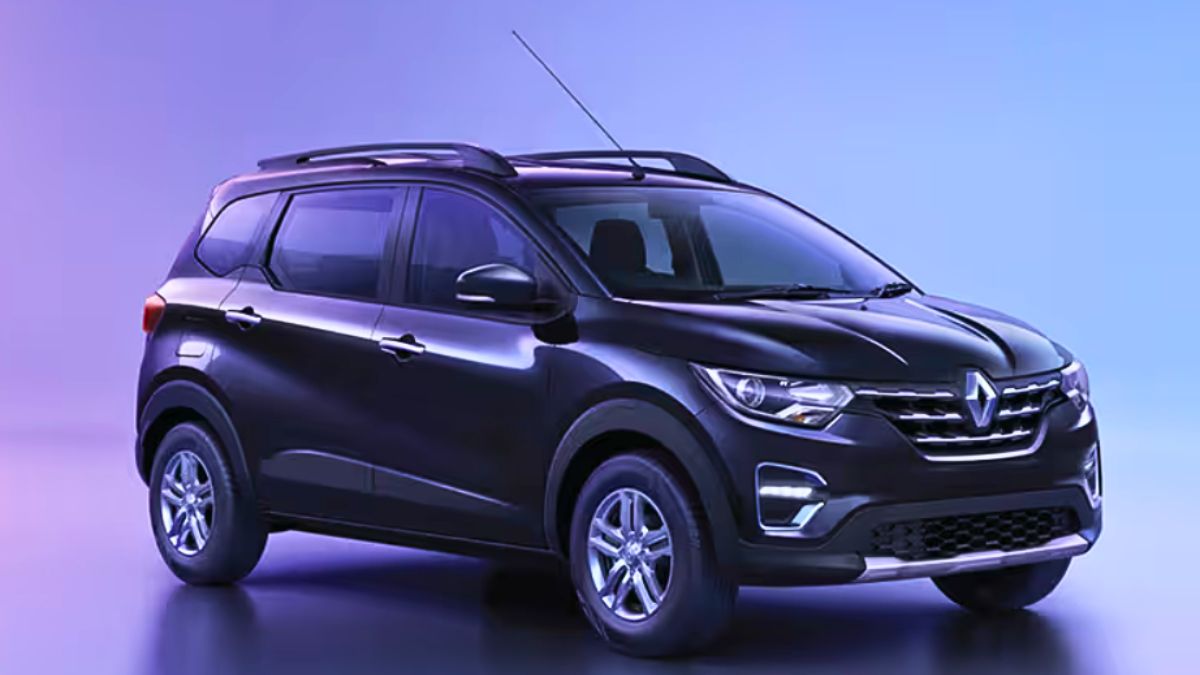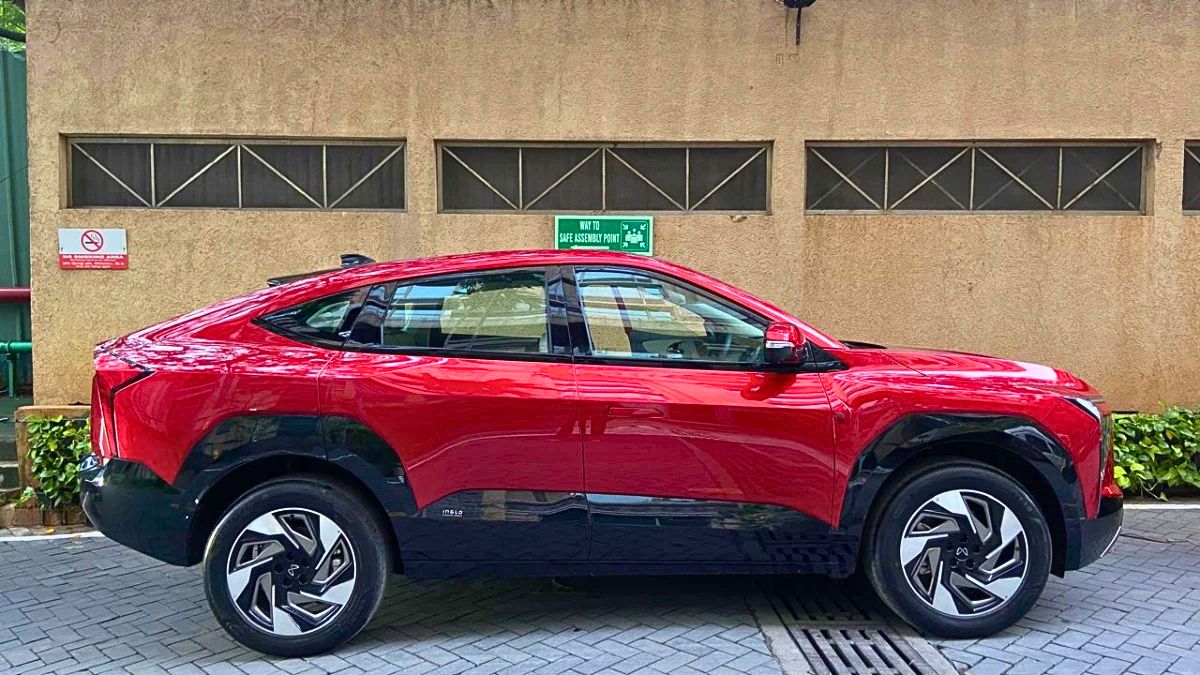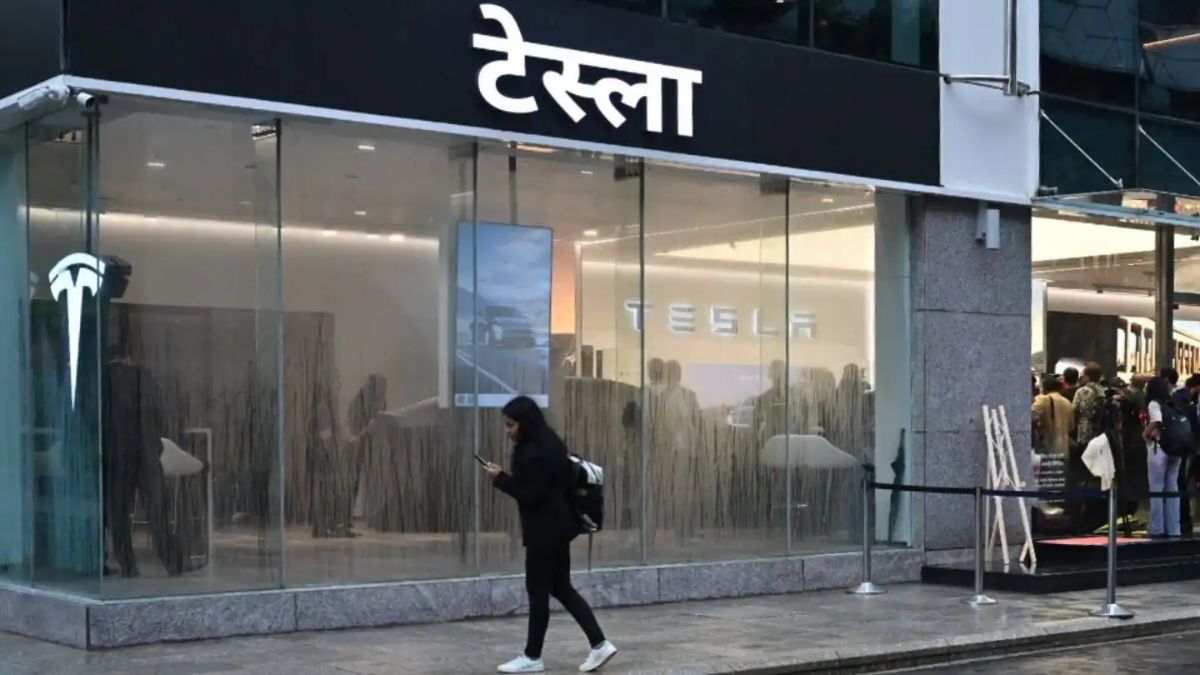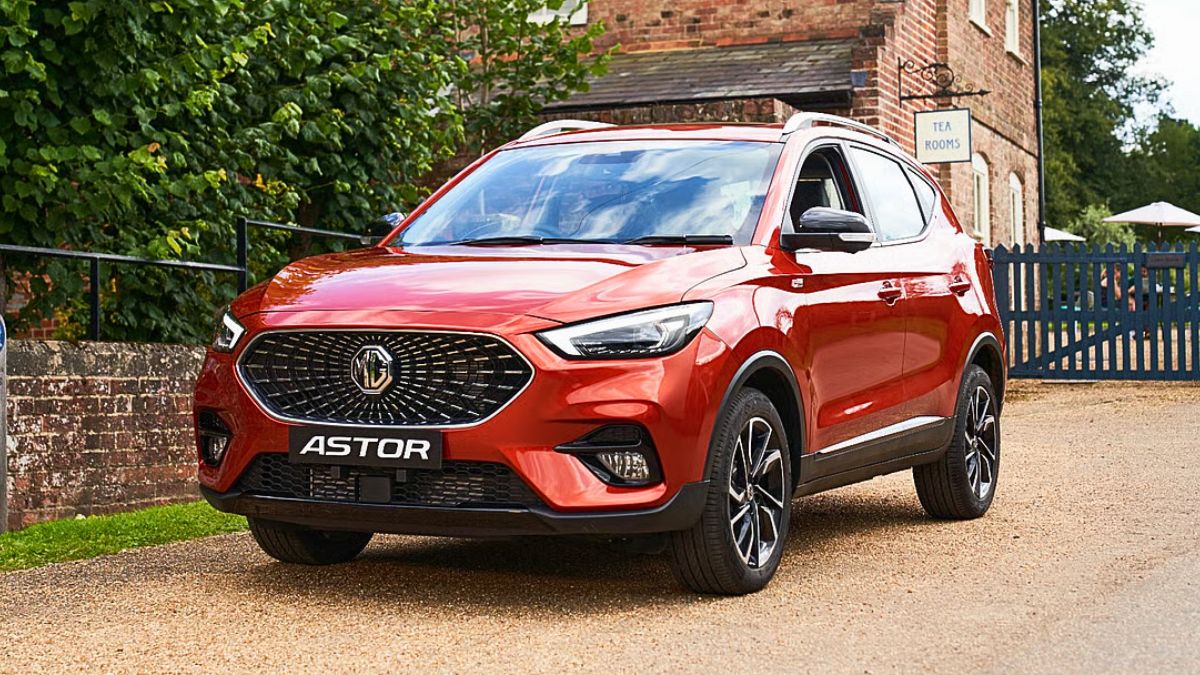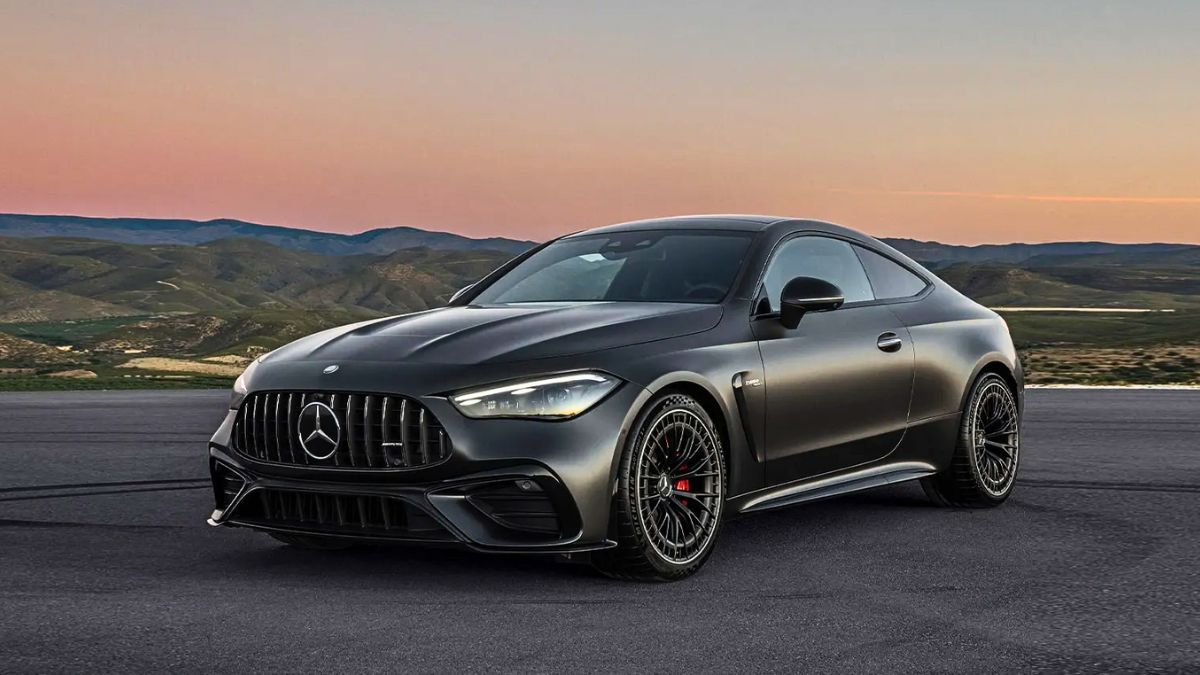Ola Electric has hit the brakes on two of its most awaited electric scooters—the Gig and the S1 Z. Initially scheduled for delivery in May 2025, both models will now only arrive by the end of the year. The announcement was made during a recent investor call, raising eyebrows among customers and industry watchers alike.
This delay comes at a time when Ola is trying to regain its lost market share amid growing competition from rivals like TVS and Bajaj.
Table of Contents
Delay
According to the company, the decision to delay deliveries is strategic. Ola wants to shift its focus to completing development on its upcoming Roadster electric motorcycle, which it sees as a more premium and potentially game-changing product. At the same time, the company is also working on improving its operational efficiency and building a more robust sales network before ramping up production for its budget scooters.
While the move may make sense internally, for many buyers waiting on the Gig or the S1 Z, it’s a letdown—especially given the buzz these scooters generated during launch.
Models
The Gig and the S1 Z were designed to be Ola’s most affordable offerings. With prices starting at just Rs. 39,999 for the Gig and Rs. 59,999 for the S1 Z, these models were expected to shake up the entry-level EV segment in India. They were unveiled with aggressive price tags to undercut rivals and appeal to budget-conscious riders, including students, first-time buyers, and those looking for a second city commuter.
Here’s a quick comparison of both scooters:
| Model | Starting Price | Key Highlight |
|---|---|---|
| Gig | Rs. 39,999 | Ola’s most affordable scooter |
| S1 Z | Rs. 59,999 | Budget-friendly variant of S1 lineup |
Both models were launched last year and promised simple features, efficient city commuting, and the same sleek design language that Ola scooters are known for. Their competitive pricing made them stand out in a market flooded with higher-priced options.
Market Impact
Ola Electric has been facing stiff competition from established two-wheeler giants like TVS and Bajaj, who are quickly catching up in the electric mobility race. Ola once held the top position in India’s EV market, but recent sales trends show it has slipped behind due to a mix of delivery delays, service complaints, and limited dealership presence.
By delaying the launch of its most affordable models, Ola may risk losing even more ground in the entry-level EV space. While the focus on premium products like the Roadster could improve brand perception, it might also alienate the segment that helped Ola grow in the first place—budget-focused riders.
Strategy
Ola’s game plan seems to be a shift from high-volume, low-margin scooters to a more focused, brand-building product portfolio. The Roadster electric motorcycle, which is now being prioritized, is likely aimed at a more premium audience. Meanwhile, building a stronger retail network suggests Ola wants to fix the issues that plagued its earlier rollout phases—limited service touchpoints, delivery delays, and inconsistent customer support.
Still, the long wait for the Gig and S1 Z may test the patience of buyers who were banking on Ola’s budget-friendly options.
Ola Electric’s decision to delay its entry-level scooters could have long-term consequences. While the move might help the company streamline operations and boost its premium offerings, it also opens the door for rivals to capture the lower end of the EV market. Only time will tell whether this gamble pays off.
FAQs
Why were Ola Gig and S1 Z delayed?
To focus on the Roadster and streamline operations.
When will Ola Gig and S1 Z launch?
Deliveries are now expected by end of 2025.
What are the prices of Gig and S1 Z?
Gig starts at Rs. 39,999; S1 Z starts at Rs. 59,999.
Is Ola losing EV market share?
Yes, due to delays and rising competition from rivals.
Which EV is Ola focusing on now?
Ola is prioritizing its upcoming Roadster electric bike.
